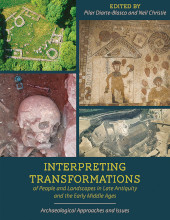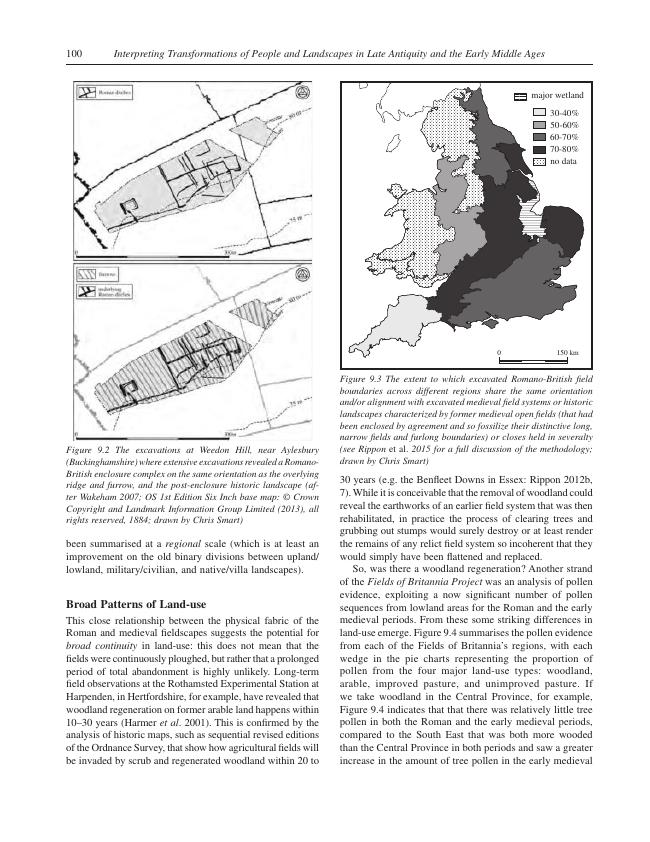2018 - Oxbow Books
eBook
Digital Version
Herunterladen | Kopieren/Einfügen | Drucken
Interpreting Transformations of People and Landscapes in Late Antiquity and the Early Middle Ages : Archaeological Approaches and Issues
236 p.
- In this volume of papers, deriving from two conferences held in Rome and Leicester in 2016, nineteen leading European archaeologists discuss and interpret the complex evolution of landscapes andndash; both urban and rural andndash; across Late Antiquity and the Early Middle Ages (c. AD 300andndash;700). The geographical coverage extends from Italy to the Mediterranean West through to the Rhine frontier and onto Hadrianandrsquo;s Wall. Core are questions of impacts due to the socio-political, religious, military and economic transformations affecting provinces, territories and kingdoms across these often turbulent centuries: how did townscapes change and at what rate? What were the fates of villas? When do post-classical landscapes emerge and in what form? To what degree did Europe become an insecure, defended landscape? In what ways did people andndash; cityfolk, farmers, nobility, churchmen, merchants andndash; adapt? Do the elite remain visible and how prominent is the Church? Where and how do we see cultur
- e change through the arrival of new groups or new ideas? Do burials form a clear guide to the changing world? And how did the environment change in this period of stress andndash; was the classical period landscape much altered through the attested depopulation and economic deterioration? And underlying much of the discussion is a consideration of the nature and quality of our source material: how good is the archaeology of these periods and how good is our current reading of the materials available? Combined, these expert studies offer valuable new analyses of people and places in a complex, challenging and crucial period in European history. [Publisher's text].
- Special access authorizations may apply; please contact us for further information.
-
Informationen
ISBN: 9781789250374
THEMENBEREICHE



